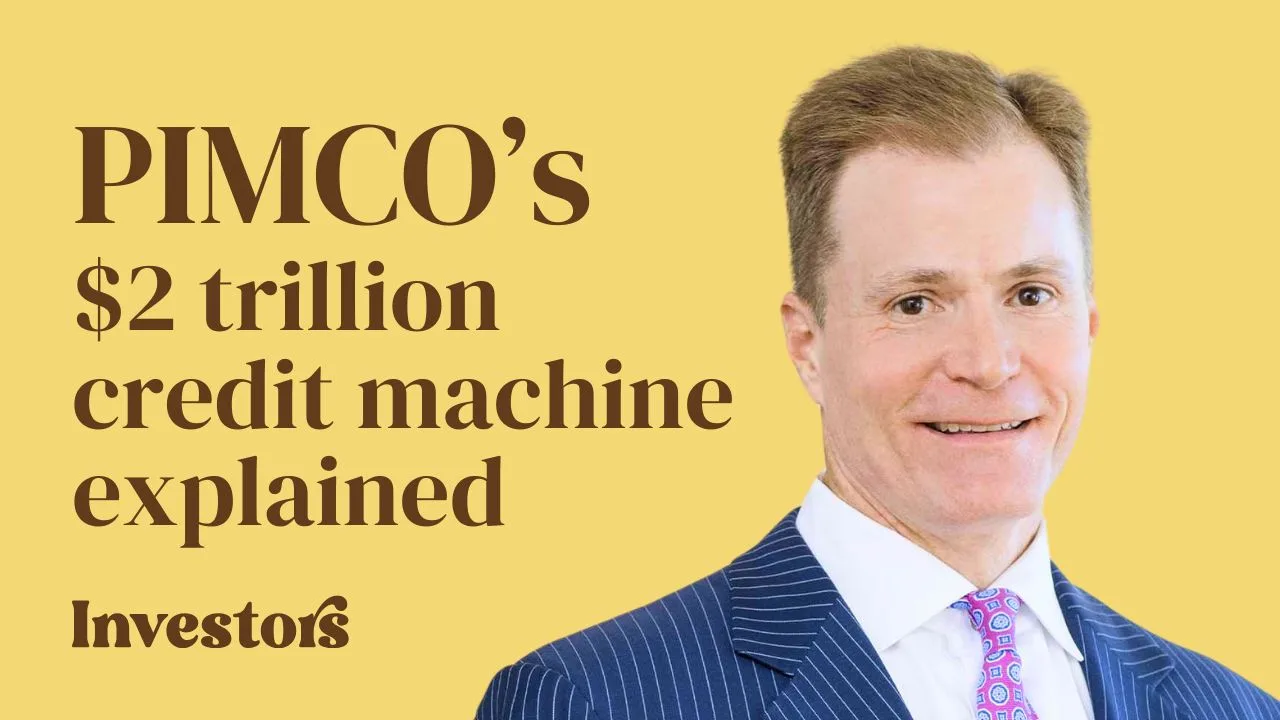If you invest in stocks today, what return should you expect over the next 10 years?
We know from history, going back at least 30 years, Aussie and US stocks have risen at a rate of around 10% per year.
Keep in mind that’s an average based on historical returns — it’s not a prediction or expectation for each and every year. For example, during the GFC, some blue-chip stocks fell more than 60%.
And if you’ve been investing for more than a few years, you may have experienced the pain of losing 90% or more on a share. I have. It hurts. It happens.
What can we expect from stocks?
According to researchers at O’Shaughnessy Asset Management (OSAM), US stock investors can expect returns of 4% per year for the next decade.
For the math folk out there, that’s around 60% less than the historical returns.
Yikes!
What’s Actually Going On?
One of the reasons for OSAM’s subdued outlook seems to be the difference in valuation between ‘value’ stocks and ‘growth’ stocks.
“Public value stocks are cheap and getting cheaper relative to growth, all while capital floods venture capital and private equity firms,” writes OSAM CEO, Patrick O’Shaughnessy.
He goes on to say:
“The U.S. market remains expensive relative to its modern averages on measures like P/E, Shiller CAPE, or our own Price/Integrated Equity ratio, built by our research partner “Jesse Livermore”.”
To break it down, what the OSAM team is saying is, based on historical and current figures, expensive stocks are getting more expensive and unloved stocks are getting less love with each passing month.
Here in Australia, a growth stock would be something with a ‘stretchier valuation’ like Afterpay (ASX: APT), WiseTech (ASX: WTC) or Xero (ASX: XRO).
A value stock is typified by a low price-earnings (P/E), low price-to-book (P/B) and/or low price-to-cash-flow (P/OCF) ratio.
Companies/shares that fit in the value bucket are the likes of SG Fleet (ASX: SGF), Woolworths (ASX: WOW) and maybe even something like Challenger (ASX: CGF).
There are many legitimate reasons why high-quality growth stocks are better compounders and deserve a wider valuation. This is why the P/E ratio is a flawed valuation measure.
For example, last week I wrote about Gorilla Stocks and ‘hyper-growth’ companies. You should expect to pay more for a company that can grow its profits at 20% per year than one which grows at 3% per year.
Meaning, it’s perfectly normal to have dispersion between growth and value stocks. However, there is a limit to what’s reasonable — at both ends.
Indeed, there’s a limit to how ‘cheap’ a value stock deserves to be, just like there’s a limit to how richly priced a growth stock deserves to be.
For example, this past month investors have found out the hard way that perhaps iSignthis (ASX: ISX) is not a rapid growth stock and didn’t deserve a high multiple and $1.6 billion valuation.
By contrast, as Netflix (NASDAQ: NFLX) has shown time and time again, some growth stocks are worth paying for.
What To Do Next…
Coming back to our original problem — a lack of growth — and a solution.
If 4% is all that blue chip index fund and ETF investors can expect, is it worth taking the risk of buying shares at all? And what can be done to improve our returns?
As I have written here time and again, investing is essential for long-term wealth creation. Especially with sub 3% term deposit rates.
Unfortunately, I highly doubt that from this exact point in time (10 years into a bull market) ETF/passive/index fund investors can reasonably expect the same (high) level of returns that they’ve got historically.
That does not mean I’m betting against index funds. Far from it.
Remember, we have a members-only ETF research service that picks our favourite ASX ETFs for just $99 per year (price soon to be increased).
We’re all-aboard index fund investing and the rise of ETFs.
However…
Stockmarkets — like those for property and bonds — don’t grow to the sky in a straight line. They need to be cleaned out or reset every so often.
The inevitable market crashes wash away excesses and keep a lid on the enthusiasm of investors for certain trends, themes, styles and even strategies.
For example, growth investing has worked incredibly well for fund managers, private investors and technology enthusiasts over the past 5-10 years.
Successful investing is all about identifying structural shifts (i.e. to a technology-enabled society) and sticking with them. However, investing is equally about knowing when to adapt and respond — or even pre-empt — change.
At Rask Invest, we’re not married to one style of investing, nor do we fish in one market/industry bucket.
For example, I own shares like Xero — see above — but I’m just as happy to own higher-yielding, slower growing ‘value’ plays if I believe they will compound above and beyond that of the market return (as it stands that mightn’t be too difficult!).
Our solution to the growth/income/value problem is simple…
Build a core portfolio of stable blue chips and passive ETFs, then buy the very best long-term compounders you can find.
We believe these ‘tactical’ compounders will likely include fast-growing technology and industrial companies with great management and strong competitive advantages.
Buy-to-hold a portfolio with 20-30 of these vicious compounders and ten years from now, I believe the 4% market return hurdle could be blown away.
Again, that’s not a prediction — and our style is not for everyone (an academic would say it’s risky). But, with the right temperament, I reckon it could help us push close to the 10% historical returns (or better) over the ultra-long-term.
If you want to learn more or join Rask Invest to receive all of our #1 stock ideas and ETF research, you can click here now. I think it’s a very worthy investment for just $365.
Also, don’t forget our upcoming Rask Investor Events 2019. These events, and our workshops, will be held in November. You can reserve a seat without being a Rask member by visiting the Eventbrite website.
[ls_content_block id=”19823″ para=”paragraphs”]
Disclosure: At the time of writing, Owen owns shares of Xero.




